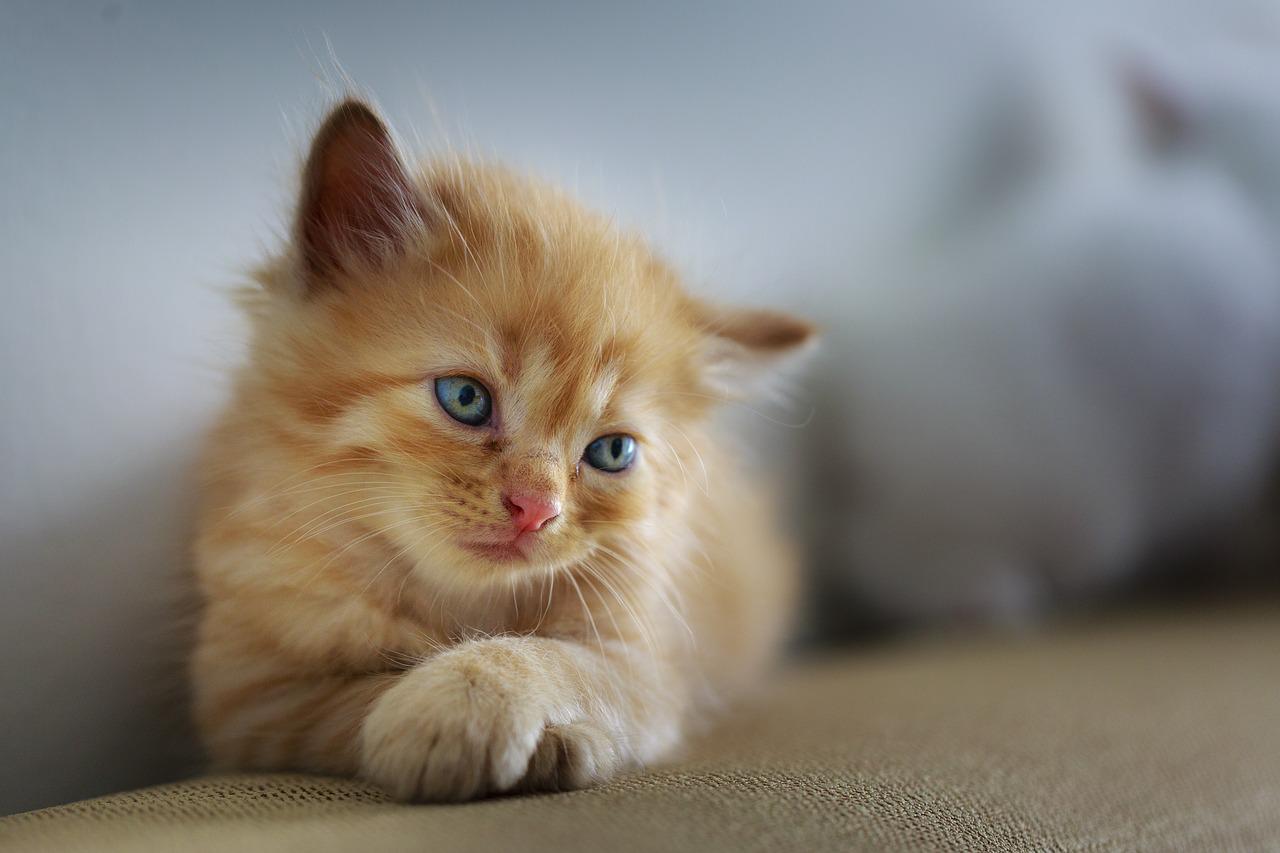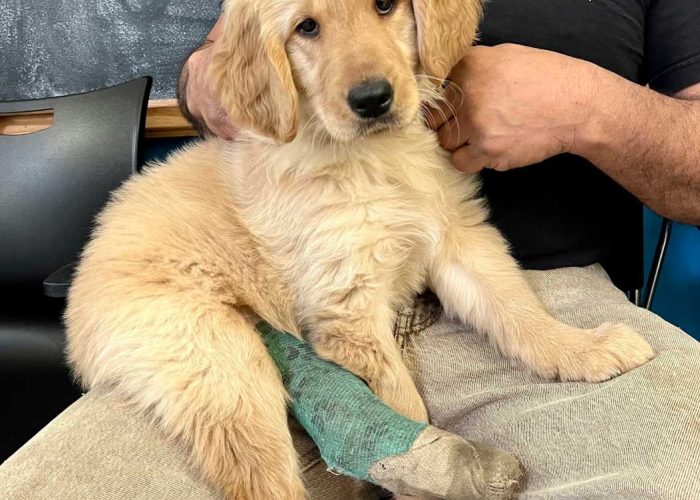Cats are great. Nobody’s gonna deny that (okay, some people would very much like to deny that, but that’s alright).
But even people who love cats don’t always understand their mysterious ways, or have learned some “common sense” techniques for dealing with cat problems that maybe don’t stand up to scrutiny. So let’s take you through some common cat issues, both behavioral and medical, and give you some tips that’ll help.
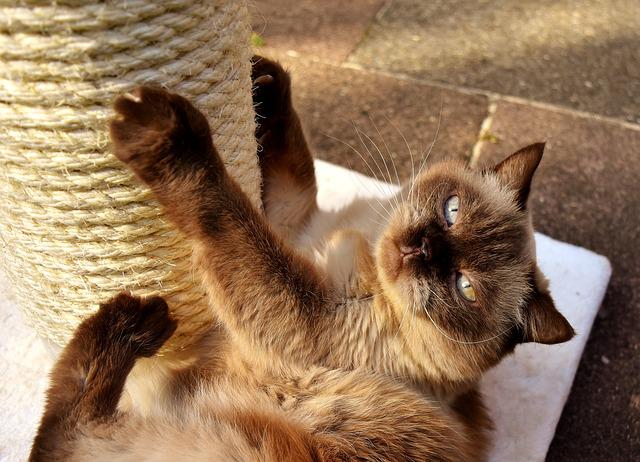
Scratching behavior
This one’s so common that we have an entire post on it. We often get calls from folks who don’t know how to stop their cat from scratching up the furniture. Sometimes they even want to get their cat declawed (yikes), which is incredibly painful for cats, causing the cat to misidentify the problem and associate the pain with the litter box.
The truth is that cats are going to scratch. It’s part of their whole deal. Not only do they use scratching to help mark scent (they have scent glands in their paw pads), but also to sharpen their claws and stretch muscles that they can’t stretch any other way. It’s good for them! But of course not always great for your furniture.
Providing scratching posts (covered in sisal rope; cats love it and they last longer) near areas where they normally scratch and putting some kind of attractant or catnip on it makes the scratcher much more enticing than any old couch. And once they get used to the scratching post you can relocate it to wherever you like and they’ll go and find it when they want to work it out with their claws.
Litter box problems
There can be a few different reasons why a cat might be avoiding the litter pan.
Let’s talk about litter box choice and placement. Think all litter boxes are the same? Think again. Cats have preferences, and you might be doing your cat dirty with your choice. Litter box time is a very vulnerable time for a cat; for some cats, this means they want a good view of everything around them so they feel aware of their surroundings, so a hooded litter box might not be the best choice. Likewise, a litter box that’s too small or that’s been put in a very out of the way place might lead them to, well… make their own place.
In addition, the general rule of thumb for litter boxes is that you should have one for each cat, plus one extra. So at the very least you should have two litter boxes for your cat to choose from. Cats will also avoid the litter box if you don’t scoop/clean the boxes often enough. Think about it: if you went into the bathroom and the person before you didn’t flush, you’d probably be a little grossed out. Cats are very clean, fastidious beasts, and they want a clean litter box.
You might also be putting too much or too little litter in the box; they tend to like one to two inches of litter. Or maybe you’re using a litter they don’t like. If you’re using scented litter, that might be the case. While the scent might make things a little easier for you, cats, with their better sense of smell, might find it overwhelming. Sometimes something happens to a cat while they’re in the litterbox: something frightens them, another cat’s being a litter box bully, and on and on. That can cause litter box avoidance. Same goes for household stress.
But never forget that litter box avoidance might also be a sign of some sort of medical issue, like a urinary tract infection, feline interstitial cystitis, or some kind of blockage, like kidney stones. If you’re worried, contact your vet.
Want a deeper dive into litter box problems? Head over here.
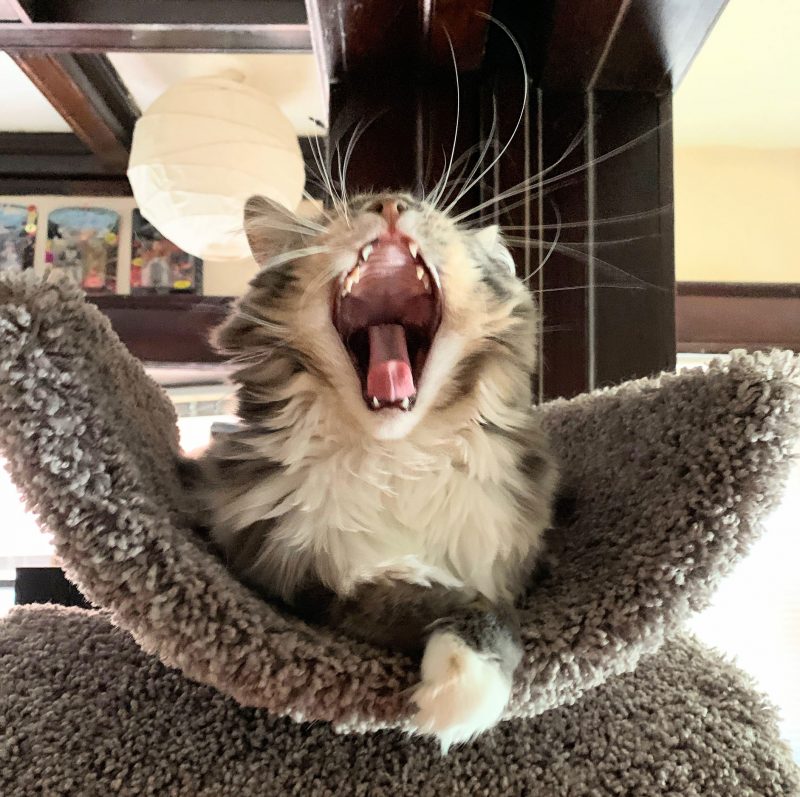
Dental care
Dental care is incredibly important for cats, just like it is for humans. And it’s a tricky thing; cats are very good at hiding pain. It’s part of their nature; looking weak in the wild could lead to disaster or attack. So they hide it. That means it’s up to you to make sure they’re getting yearly cleanings and extractions if they need them. If you start when they’re kittens, you can even get them to let you brush their teeth!
Osteoarthritis
Osteoarthritis is a chronic, degenerative disease that affects the joints. And it’s common in cats, but you might never even know your cat has it for the same reason you might not know about dental problems: they keep it to themselves. So it’s important to keep an eye on them to look for something abnormal, for example, if they’re less likely to make big jumps up or down.
It’s common in cats, so it’s important to catch it as early as you can to help minimize the pain they’ll experience. Medication helps with pain management, but there are other ways to help. If your cat is overweight, slimming them down a little bit can definitely help. As well as making them exercise on a regular basis to keep those joints moving! Make a plan with your veterinarian to come up with a plan of action.
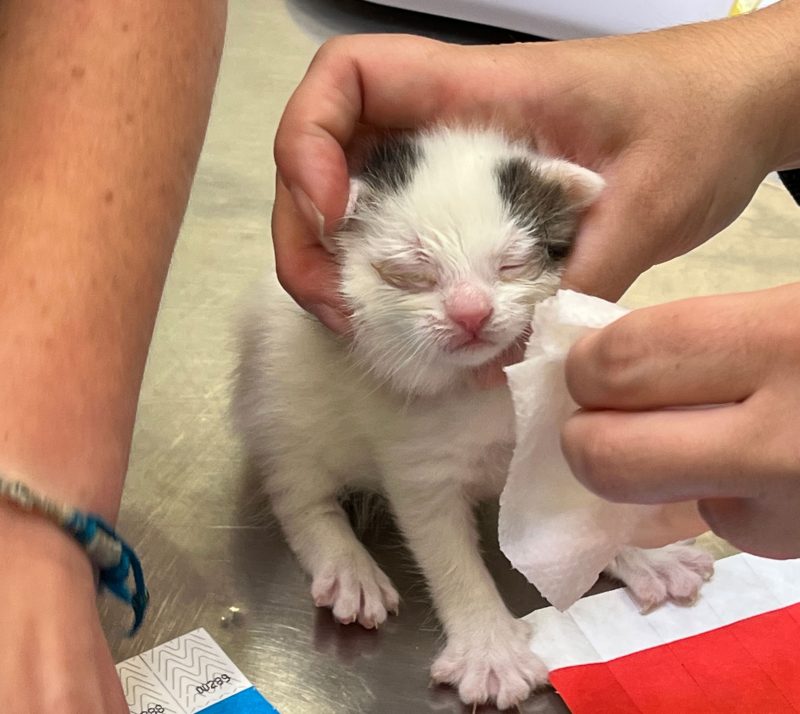
Upper Respiratory Infection (URI)
Upper respiratory infections are the kitty equivalent of a cold. It can be caused by a number of viruses or bacteria. These bad guys are very contagious, so often you see a URI with cats that hang out together and spread it to each other (like with kittens whose immune systems haven’t developed yet). Like the name indicates, it affects the upper respiratory system. Sneezing, congestion, conjunctivitis, and discharge from the nose and eyes are all symptoms.
What can you do about it? Well, in some cases, not much. Because it can be caused by either a virus or bacteria, the most common scenario is to treat it symptomatically. If it’s caused by bacteria, it can be treated with antibiotics, but antibiotics may also be given to prevent any secondary infections.
Bite Abscess
If you’ve got an indoor cat, this likely won’t be a problem unless there’s another animal around and they don’t always get along. It’s more likely in outdoor cats (which hopefully yours isn’t), it’s much more likely that they’ll be bitten by another animal.
In these situations, the bite puts bacteria into the wound and then the wound becomes infected. Depending on It forms what’s essentially a little pocket of pus that grows and is painful for your cat. Whether an abscess forms is based on the bacteria introduced and how deep the bite goes.
The treatment for an abscess involves draining the pus (if it hasn’t drained already), and then a course of antibiotics to help them heal.
We hope this has been a valuable treasure trove of information. There are so many resources out there to help you make your cat’s life a good one, happy and healthy. But there are also so many possible pitfalls and individual circumstances vary from one cat to the next (they’re individuals, after all). If you have questions, you can reach out to us or a full-service vet. We’re here to help.
